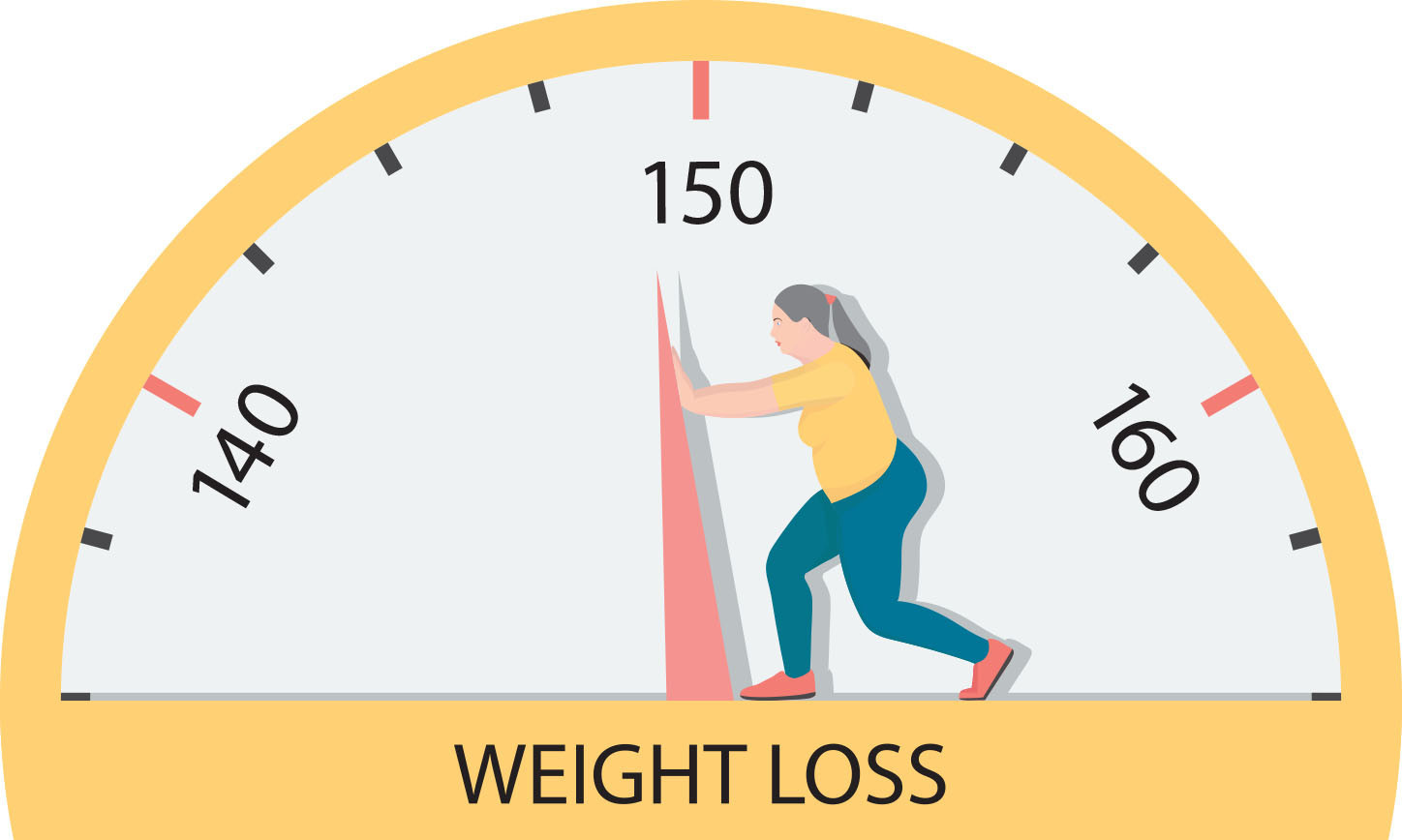
Obesity, or being overweight, has become a global pandemic. Approximately 650 million people worldwide suffer from obesity, and an equal number struggle with being overweight. In total, over one billion individuals face weight-related issues. While a healthy lifestyle remains the cornerstone of weight management, many people seeking quicker results turn to weight loss injections or bariatric surgeries. This article provides an overview of weight loss injections.
How Long Have Weight Loss Injections Been Used?
The use of medications for weight loss has a long history. Oral medications once gained popularity but were discontinued or fell out of favor due to their side effects. Currently, GLP-1 (Glucagon-like Peptide-1) analogs, originally developed for diabetes management, are being used as weight loss injections. These medications stimulate satiety centers and slow gastric emptying, helping individuals feel full for longer periods.
How Do Weight Loss Injections Work?
Weight loss injections work by stimulating the feeling of fullness, reducing appetite, and slowing stomach emptying. They enhance insulin secretion after meals, decrease insulin resistance, and improve cholesterol levels. These combined effects contribute to weight loss and metabolic improvements.
Are Weight Loss Injections Safe?
While weight loss injections are not entirely risk-free, they are generally safe when used under medical supervision. Common side effects include nausea, vomiting, heartburn, and constipation, often exacerbated by poor dietary adherence. Muscle fatigue and weakness may occur in individuals who do not exercise regularly. Rarely, allergic reactions, vision disturbances, or gallstones may develop. People with a history of thyroid cancer or those with familial thyroid cancer should not use these injections. Additionally, they are contraindicated for pregnant or breastfeeding women.
Who Should Use Weight Loss Injections?
These injections are recommended for individuals with a Body Mass Index (BMI) of 30 or higher. They may also be considered for those with a BMI of 27 or higher who have weight-related conditions such as diabetes or hypertension.
How Are Weight Loss Injections Used?
Weight loss injections should be accompanied by a healthy diet and exercise program and administered under a doctor’s guidance. Treatment begins at the lowest dose, which is gradually increased to the maximum tolerable dose. The frequency of administration depends on the medication, ranging from daily to weekly injections.

How Long Should Treatment Last?
Clinical studies suggest that treatment should last for at least 52-72 weeks, with gradual discontinuation if necessary. For individuals with diabetes, treatment may continue without interruption.
Will I Gain Weight After Stopping the Treatment?
Weight regain is common if the treatment is stopped prematurely. With treatments lasting over a year, weight regain occurs in about 10-30% of cases. This rate is higher in individuals who revert to unhealthy lifestyles.
How Much Weight Can Be Lost with Injections?
On average, weight loss injections result in a 10-15% reduction in body weight over one year, equivalent to 1-2 kilograms per month. This rate can improve with proper diet and exercise. Unrealistic expectations, such as losing 5-10 kilograms per month, should be avoided.
Are There Alternatives to Injections?
Oral forms of these medications are available for diabetes management, but they do not currently have approval for obesity treatment. Daily oral forms might be an option for individuals seeking non-injectable alternatives, though they lack specific regulatory endorsements for weight loss.
